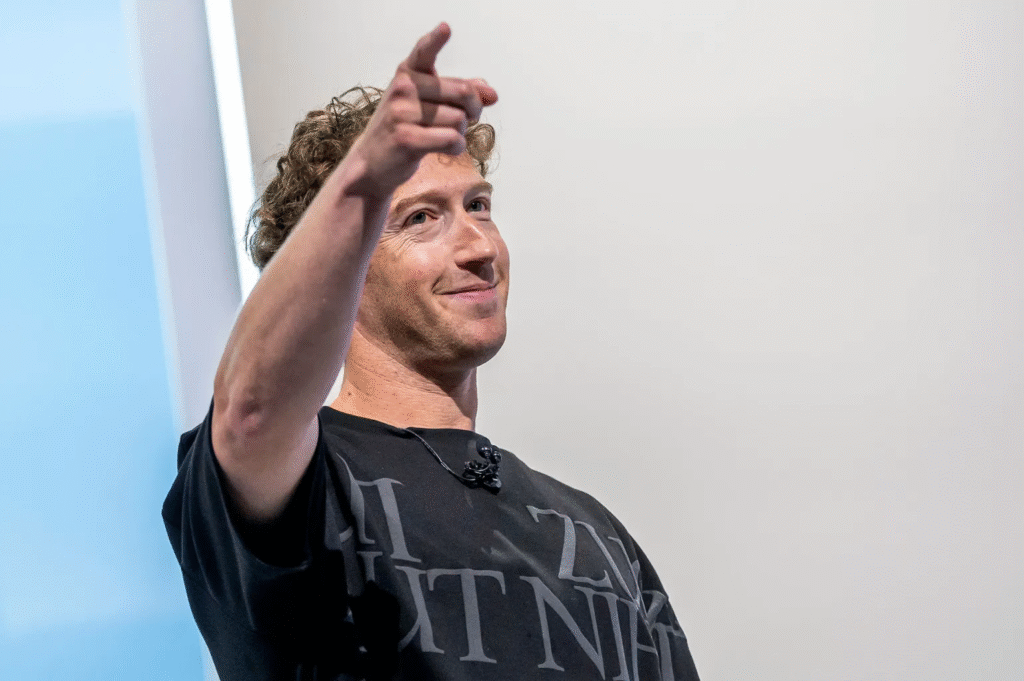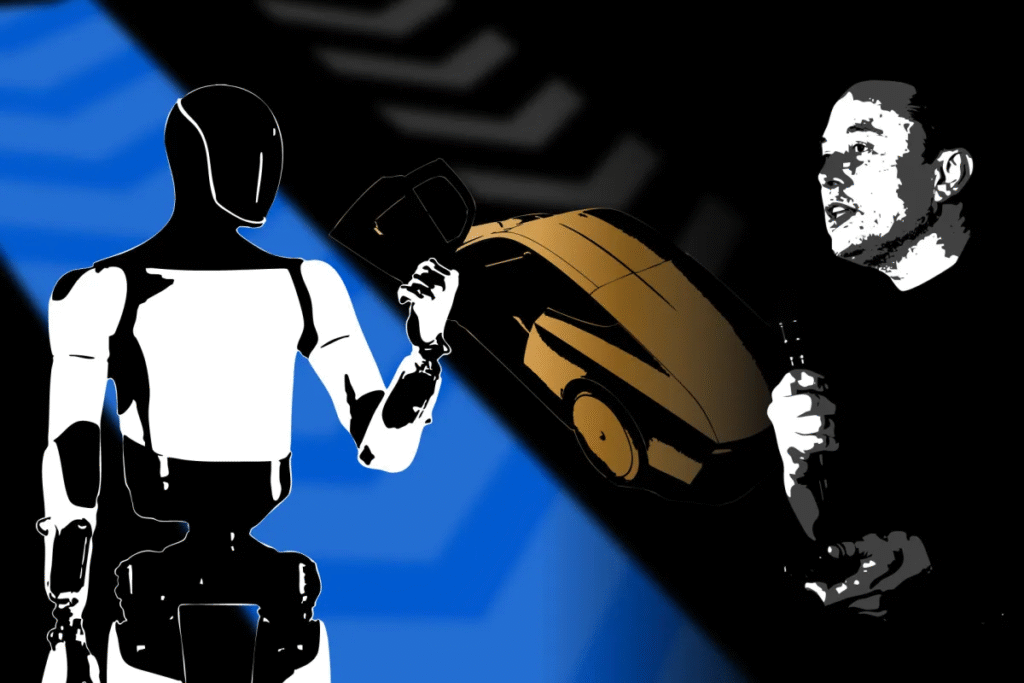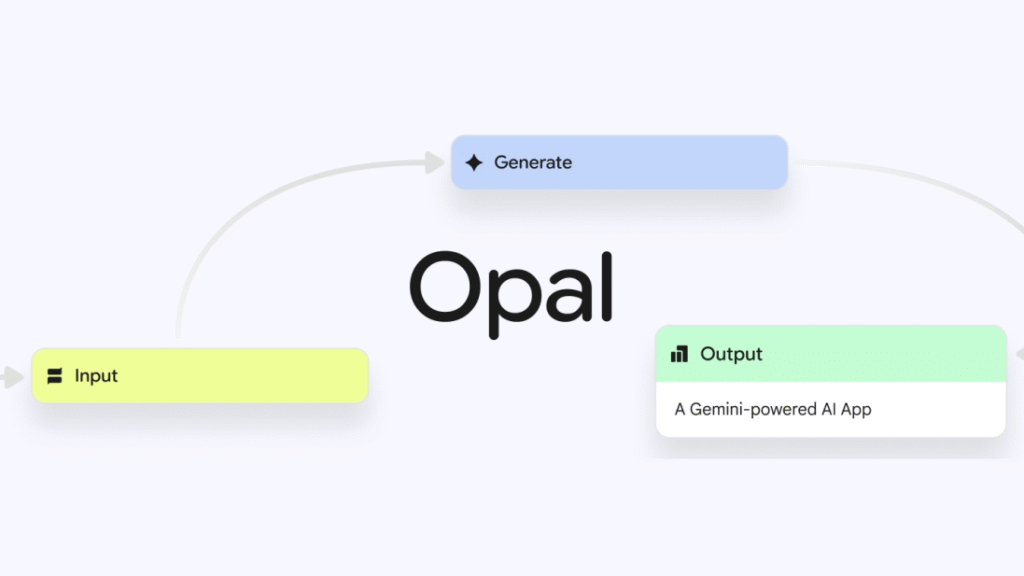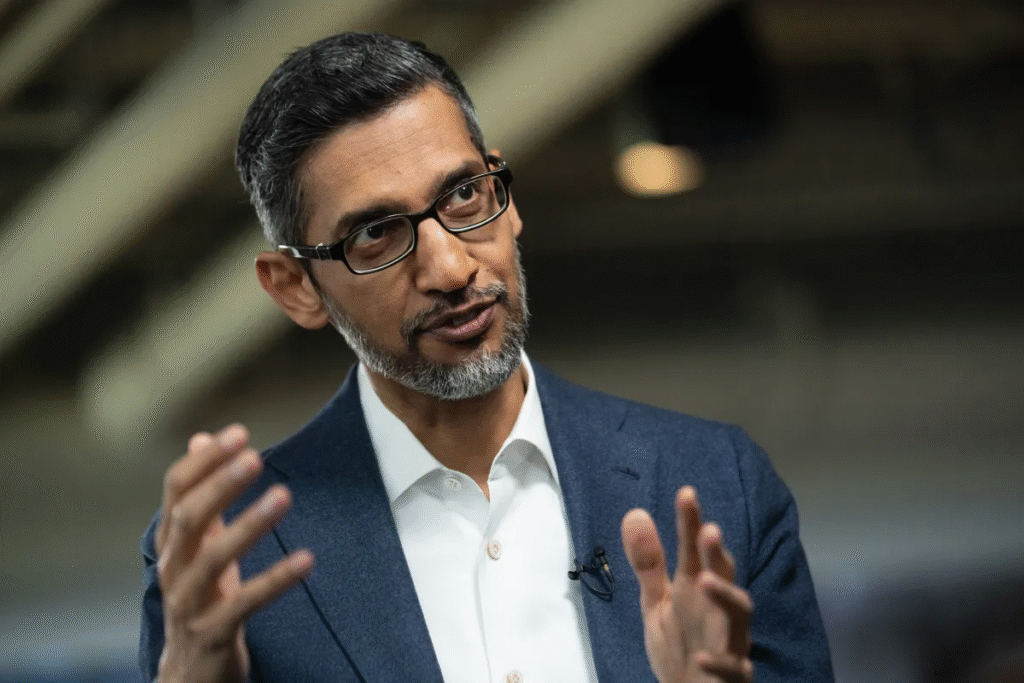Meta Appoints Shengjia Zhao to Lead AI Superintelligence Efforts
Meta has named Shengjia Zhao as the Chief Scientist of its AI Superintelligence unit, marking a significant move in the company’s race to develop next-generation artificial intelligence. Zhao, an AI researcher renowned for his work in machine learning and probabilistic modeling, will spearhead Meta’s efforts to push the boundaries of advanced AI systems. The appointment underscores Meta’s ambition to compete with industry leaders like OpenAI, Anthropic, and Google DeepMind in the pursuit of artificial general intelligence (AGI).

Zhao’s leadership comes at a time when Meta is doubling down on research aimed at creating more powerful, generalizable AI models. According to the company, his expertise will be pivotal in building safer and more scalable AI systems capable of reasoning and problem-solving beyond today’s large language models. This strategic hire signals Meta’s growing focus on innovation in the AI arms race, as well as its commitment to shaping the future of AI superintelligence responsibly.
Tesla Faces Setback in Ambitious Optimus Bot Production Goal
Tesla is reportedly falling behind on its pledge to produce 5,000 Optimus humanoid robots by the end of this year. According to sources familiar with the company’s operations, production bottlenecks and technical challenges have slowed the rollout of the robots, which are central to Tesla’s broader vision of integrating AI-driven automation into industries and homes.

The Optimus bot project, unveiled by Elon Musk as a key step toward an AI-powered future, was expected to showcase Tesla’s ability to merge robotics with advanced neural networks. However, the reported delays raise questions about whether the company can meet its ambitious timeline. Despite the setbacks, Tesla remains confident that Optimus will play a transformative role in the labor market once production hurdles are cleared.
Meta’s AI Power Move, Tesla’s Robot Delays, and Google’s Coding Shake-Up
Meta has appointed prominent AI researcher Shengjia Zhao as Chief Scientist of its AI Superintelligence unit, underscoring its aggressive push toward artificial general intelligence (AGI). Zhao, known for breakthroughs in probabilistic modeling and machine learning, will lead efforts to build safer, more scalable AI systems capable of complex reasoning. At the same time, Tesla is reportedly struggling to meet its ambitious pledge to produce 5,000 Optimus humanoid robots this year, facing production delays and technical challenges that cast doubt on its bold vision of AI-driven labor automation.

Meanwhile, Google is testing Opal, a “vibe-based” coding app that uses natural language inputs and AI-assisted suggestions to turn ideas into functional code, offering a creative new approach to software development. While still in its early stages, Opal reflects Google’s strategy to revolutionize developer tools amid the generative AI boom. Together, these moves highlight how Big Tech is reshaping the future of AI, robotics, and programming while racing to turn ambitious concepts into reality.
Sundar Pichai Hails Google Cloud’s Partnership with OpenAI
Google CEO Sundar Pichai has expressed strong enthusiasm for Google Cloud’s new partnership with OpenAI, calling it a major step in expanding AI accessibility and innovation across industries. The collaboration will allow OpenAI’s cutting-edge models, including ChatGPT and other advanced AI services, to run natively on Google Cloud infrastructure. Pichai highlighted that this partnership will combine OpenAI’s research expertise with Google’s robust cloud and AI tooling, aiming to provide enterprises with faster, more efficient access to generative AI capabilities.

This move underscores Google’s strategy to strengthen its foothold in the rapidly evolving cloud AI market, where competition with Microsoft Azure and AWS remains fierce. By hosting OpenAI’s models, Google Cloud is not only diversifying its AI ecosystem but also positioning itself as a key platform for next-generation AI services. The partnership is expected to boost enterprise adoption of AI-driven tools, enabling organizations to integrate powerful language and vision models into their workflows with greater ease and reliability.
Haier Enters the Humanoid Robot Race with Advanced Home and Service Bot
Home appliances giant Haier has officially stepped into the robotics race with the launch of its first humanoid robot, designed to serve both domestic and commercial environments. Unveiled at a recent tech showcase in China, the robot is equipped with advanced AI-driven motion control, natural language interaction, and multi-tasking capabilities, positioning it as a direct competitor to humanoid bots from Tesla, Figure, and Xiaomi. Haier emphasized that its robot is built to handle household chores, assist in retail and hospitality, and integrate seamlessly with its smart home ecosystem, offering a new layer of automation for modern living.

The humanoid robot features high-precision sensors, adaptive learning systems, and a modular design for future upgrades. Haier’s move highlights the increasing convergence of AI, robotics, and consumer technology as companies race to bring humanoid assistants to market. While the company has yet to announce mass production timelines, it is actively working on expanding the robot’s capabilities through partnerships with AI research labs and software developers. Analysts believe Haier’s entry could disrupt the market by combining its expertise in home automation with affordable, user-friendly robotics solutions.
